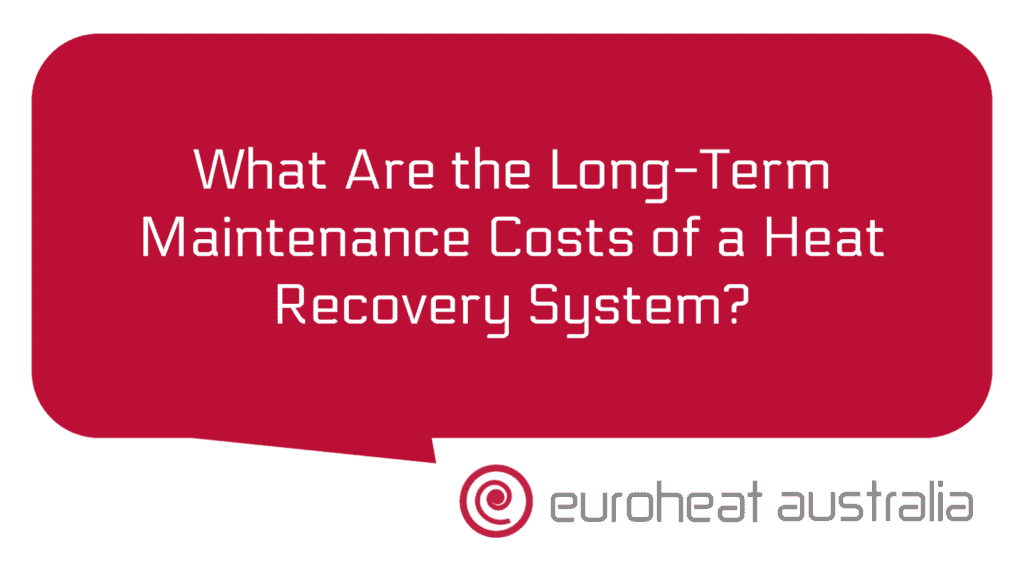When it comes to energy efficiency ratings for waste chill air-conditioning systems, it’s important to understand the options available and their benefits. This article will explain what’s available and how heat and chill recovery systems can help you save energy and money.
Waste chill air-conditioning systems are designed to take heat from one source, such as an office building, and transfer that heat to another area such as a residential home. The waste chill system works by taking the hot air from the office building, cooling it down, then transferring it to the residential home for a more comfortable temperature. This process is highly efficient, but can still come with a large energy bill due to the amount of electricity needed to power the system.
Fortunately, there are a number of energy efficiency ratings available that can help you make sure you’re getting the most out of your waste chill air-conditioning system. The most common rating is called SEER (seasonal energy efficiency ratio). It’s measured in BTUs per hour per watt (BTU/h/W) and measures how much energy is needed to produce 1 BTU of cooling effect. Generally speaking, higher SEER ratings mean more efficient systems that use less energy for cooling.
In addition to SEER ratings, there are also other ratings that measure how efficient your system is at recovering heat from one area and transferring it to another. These ratings include EER (energy efficiency ratio) which measures how much heat is recovered in a given amount of time; COP (coefficient of performance) which measures how much cooling effect is produced per watt of electricity used; and HSPF (heating seasonal performance factor) which measures how efficient your system is at heating in colder months.
The good news is that with these ratings in mind, you can make sure you’re getting the most out of your waste chill air-conditioning system while still being conscious of your energy costs. One way to do this is by installing a heat and chill recovery system. These systems work by taking heat from one area – such as an office – and transferring it back into another area – such as a residential home – for a more comfortable temperature without using additional electricity or gas for heating or cooling purposes.
This means your energy bills will be lower because no extra fuel costs are necessary for heating or cooling purposes – only the cost of running the recoverable unit itself. To give an example: if we assume that an average household consumes 3kWh/day for heating & cooling purposes without using any form of heat & chill recovery system then we can estimate that installing these systems could result in 12% reduction in their annual bills or approximately $360 in savings each year!
The great thing about these types of systems is they require minimal maintenance once they’re installed so they’re not only cost effective but also hassle free – perfect for busy households! And if you’re looking for someone reliable to design & construct hydronic heating & cooling systems with 30 years experience then look no further than Euroheat Australia – Perth engineers & installers who provide expert design & installation services with guaranteed customer satisfaction!
So there you have it – if you’re looking for ways to save money on your energy bills then opting for a waste chill air-conditioning system with an appropriate rating plus installing a reliable heat & chill recovery system could be just what you need!





